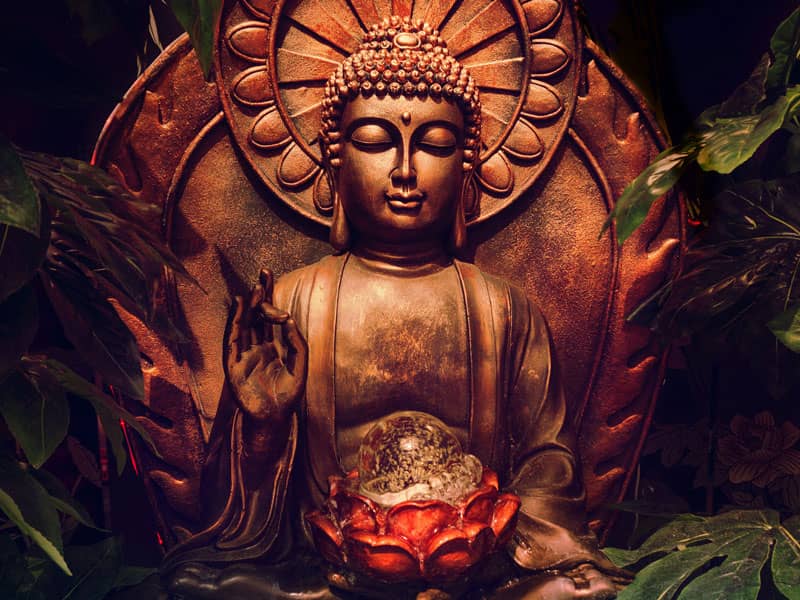BRADFORD, England, Dec. 22 (Newsquest Media)--It is a discovery that could rewrite the history of one of the world's oldest religions.
Bradford University academics Dr. Robin Coningham and Dr. Armin Schmidt are awaiting results which they believe could settle a major dispute about where the Buddha, Siddhartha Gautama, grew up. For the last four years the archaeologists, both from Ilkley, have been working on a UNESCO-funded dig at Tilaurakot, in Nepal.
Buddha was born in nearby Lumbini and 19th-century archaeologists, using ancient scriptures for guidance, believed Tilaurakot contained the remains of the ancient settlement of Kapilavastu--Buddha's home town.
The claims were discredited in the 1960s after an Indian archaeological team suggested the site's artefacts only dated back to 200 B.C.E.--at least 300 years after Buddha is believed to have lived.
But the UNESCO team, which worked alongside Nepal's chief archaeologist, Kosh Acharya, has found items including iron furnaces, terracotta crucibles and fragments of painted bowls which suggest the ancient scripture was right.
Coningha, who expects to receive carbon-dating results that will confirm his team's findings within weeks, compared the project with searches for major Christian sites like Nazareth. "Seldom has archaeology had such a superb opportunity to uncover the origins of one of the world's greatest religions," he said.
"We are now quite certain that the excavated finds date back as late as the seventh or eight centuries B.C.E., which certainly pre-date the period when Buddha is thought to have lived."
Coningham, 35, hopes the discovery will help attract tourists and investment back to Nepal, whose Buddhist sites have been relatively neglected, compared to their high-profile Indian counterparts.
India may be less thankful when the research is published, however, as, for the last 40 years, it has been marketing its own site at Pipprahawa as the home of the young Buddha.
The UNESCO team believes the Indian archaeologists dated the remains at Tilaurakot incorrectly because they tested only one section and not the deepest.
Coningham, who will fly back to Nepal at Easter for a new dig at a nearby Buddhist site, says the whole scheme has been a fascinating, and often curious, affair.
"We had some Buddhist monks visiting when we were there, asking to have some of the mud that was being excavated to use in a ceremony, because Buddha could have walked on it.
"I've also had some absolute nutters on the phone with questions about the origins of Buddha, so it's been a very interesting time!"
Bradford's answer to Indiana Jones hopes to have his team's findings published soon.

